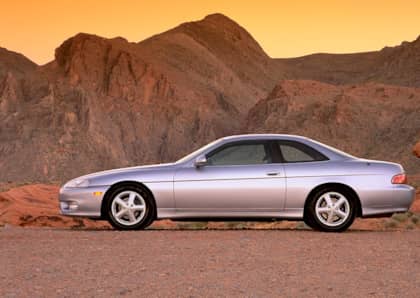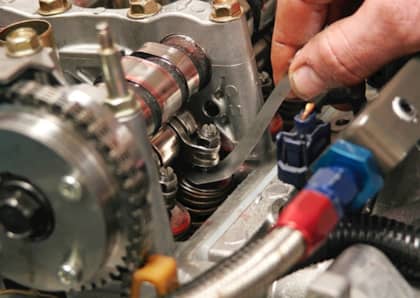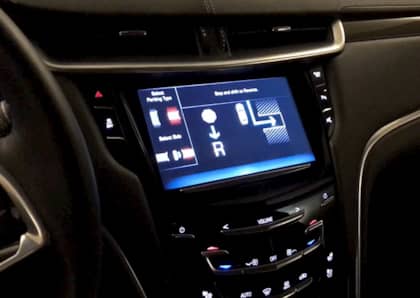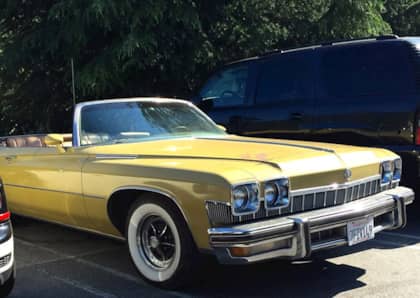When Stance Stops Making Sense
Stance. If you spend any time at all at the track and care about things like grip and going around corners, then that one word ought to bother you. At best, it signifies defeat for anybody who cares about going fast in the age-old battle of function versus form. At worst, it’ll make whatever it is you drive a liability to everyone around you and an accident waiting to happen.
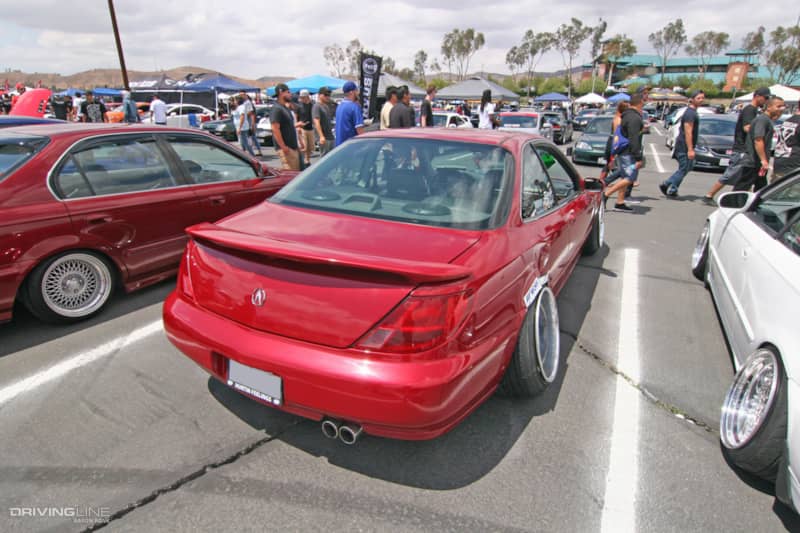
You already know that the stance movement cares about one thing and that’s how well a given wheel and tire combination fits underneath a car’s fender. By itself, it’s a noble characteristic that you ought to be aware of anytime you’re considering swapping rims and tires but can quickly become wonky when good intentions go too far.
Arriving at a particular stance requires manipulating a given wheel’s width, diameter, and offset; its tire’s dimensions; and the suspension’s camber and ride height. By themselves and in moderate contrast to whatever wheel, tire, and suspension characteristics the engineers who designed your car wanted you to have—and who are presumably smarter than you—and you’ll avoid your car handling like a tugboat, shredding up tires every 7,500 miles, and flat-out losing control. Do it wrong, though, and you’ve just achieved all of those things and more and, in the process, defined what the stance movement’s become.
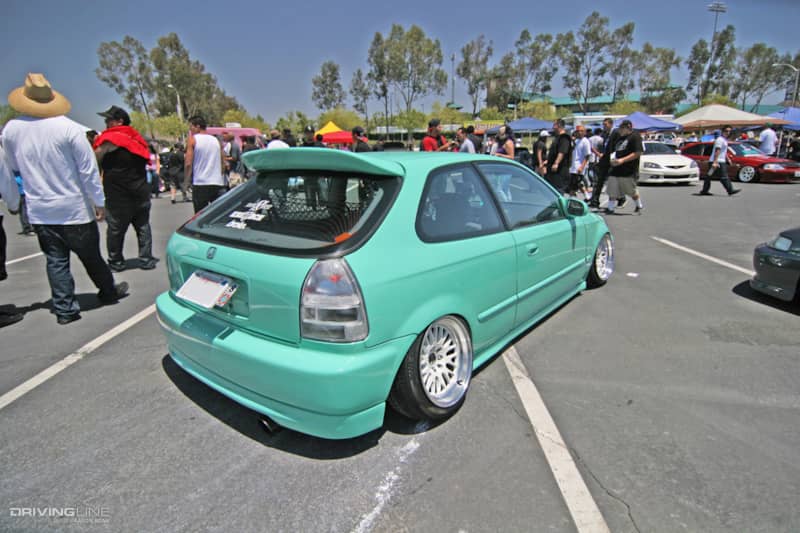
The History
Nobody doesn’t like the look of an aggressively lowered car with wheels and tires that almost hug their fenders. It’s a styling cue the motorsports world’s embraced for decades and, when applied properly and with the right supporting components—most of which probably aren’t compatible with your street car (e.g., reworked suspension geometries, ultra-stiff shocks, etc.) it works as well as it looks.
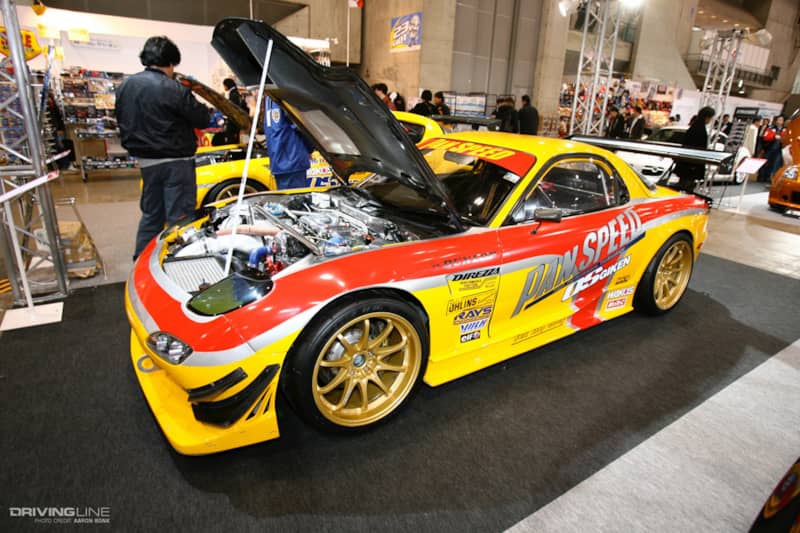
Tip your hats to Japan’s original drifters for initiating the modern-day stance movement but not for any of the reasons you think. To make underpowered Nissans and Toyotas more susceptible to the sort of controlled slides that were expected of them, narrow tires were stretched onto wider wheels and a whole lot of negative camber was introduced, the results of which diminished tire contact patches for less grip at the right time. And then too much understeer happened, at which time serious drifters realized that serious horsepower worked better for controllably whipping tail ends around than undersized tires and precarious camber.
But you didn’t know a lick about drifting some two decades back, which is why Southern California’s lowrider and mini-trucking scenes were the first places you’d laid eyes on anything that’d set the groundwork for today’s stance movement. Lowriders and their hoopties were the pioneering forces behind low-offset wheels with excessive backspacing, followed by mini-truckers who did the opposite, stuffing high-offset wheels hidden well underneath their fenders. Both manipulated wheel specs, tires sizes, and suspension settings with little regard for things like steering characteristics, scrub radii or handling.
The Wheels
Today, your car’s stance still starts with its wheels and is still where everything can go either horribly wrong or terribly right. Aside from whatever style, material, and weight you choose, here, you’ve also got to consider its diameter, width, and offset. Width and offset are where you’re most likely to screw things up, though. For the most part, wider’s better if you’re looking for better handling, but in most cases offset’s got to be manipulated to keep that nine-inch-wide rim from banging up against other important things like shocks and control arms.
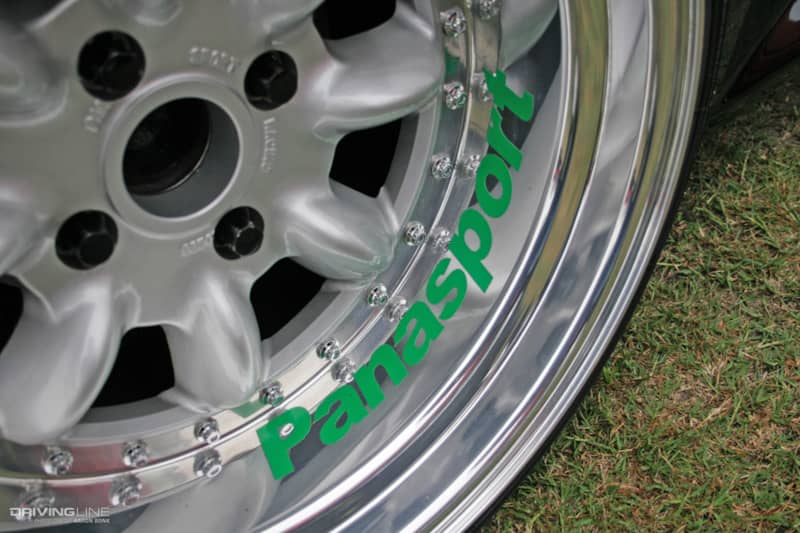
Offset is the distance between a wheel's hub mounting surface to its centerline. It's typically measured in millimeters and determines where that wheel’s positioned in relation to its fender. Most of the time, you can find this figure someplace on the backside of your wheel.
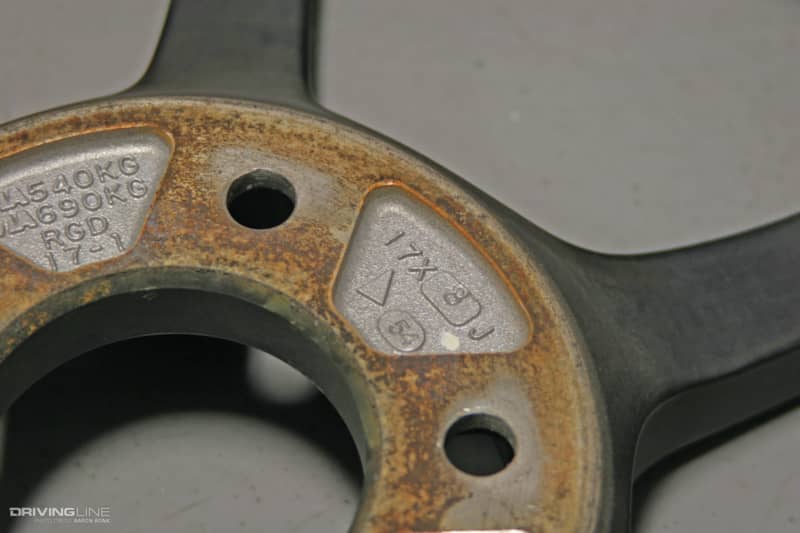
A lower offset will move that wider wheel away from the car, a positive one in, and a neutral or zero-offset will keep its hub-mounting surface even with its centerline. Manufacturers incorporate specific offsets to prevent inner fender rubbing as well as fender and suspension interference, but nobody follows what the manufacturers suggest. In most cases, deviations by as much as 10mm won’t be detrimental. Do it right and, all of a sudden, you’ve pushed your new, wider wheels’ mass outboard and away from things like shocks and control arms. Do it too much, though, and you’ll disrupt how your car handles and steers.
The Tires
Your tires are the most important part of your car that you care the least about. The right ones’ll make what you drive quicker, corner better, and keep you from hurting anybody else around you. Horsepower and coilovers won’t do squat if you haven’t got the right tires.
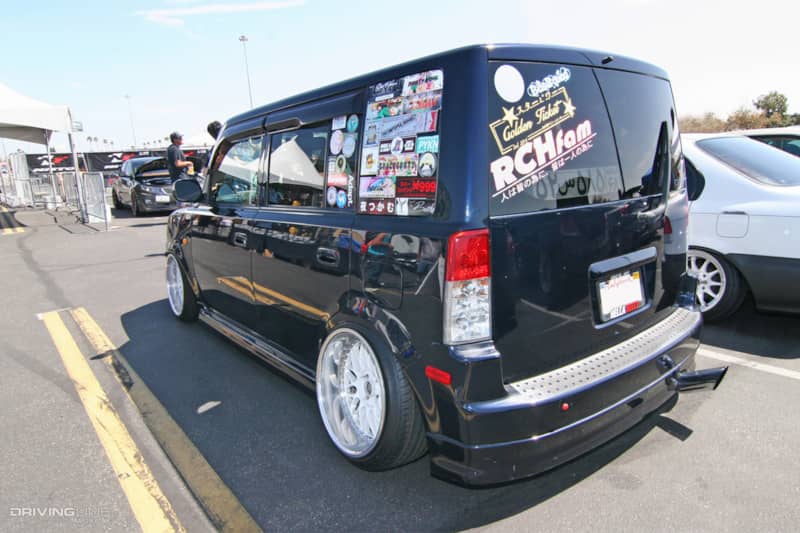
You think stretching under-sized tires onto those nine-inch-wide rims looks cool. Unlike the lowriders that incorporated all of this before you were born, though, you actually plan on driving your car at freeway speeds. What you haven’t thought about is how likely those stretched tires are to un-bead from the rims they’re supposed to stay mounted on and how the contact patch you think is there really isn’t, making you and your car a liability to everyone around you. Call it poke, call it "hella flush", but don’t call it safe.
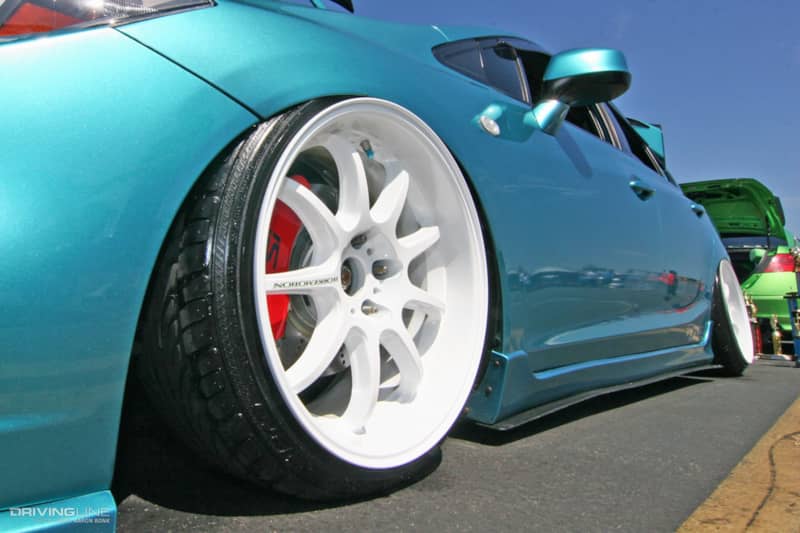
The Suspension
The low-offset wheels and poked-out tires you’ve just decided to use mean your suspension’s camber and ride height are afterthoughts. You don’t care about dented-up oil pans, ripped-up crossmembers, and shocks that’ll barely travel and that’ll last you half as long as they should so you slam it all as much as you can, but you do want that protruded rim to sit right against that fender. To do that, though, you’ve got to introduce a whole lot of negative camber. Most of the time, a couple of degrees will result in a flatter tire contact patch once weight’s been unloaded onto the tires when cornering. The eight degrees of negative camber you’ve introduced, however, will only chew up those tires in a hurry and reduce that contact patch when you need it most, like when stepping on the brakes, for instance. It’ll also make steering more difficult and the likelihood of steering kickback a whole lot more certain. And you’ll still bash up those fenders when you go and do something silly, like turn.
Properly sized wheels and tires will never go out of style, and neither will the ability to not crash or to accelerate, turn and stop better. Forget for a moment just how detrimental poked tires and demon camber is to how well your car performs and, instead, remember that you commandeering that 3,000lb hunk of metal at 70 mph on the freeway is a big responsibility—one that ought not to be compromised in the name of any sort of movement that favors form over function.




